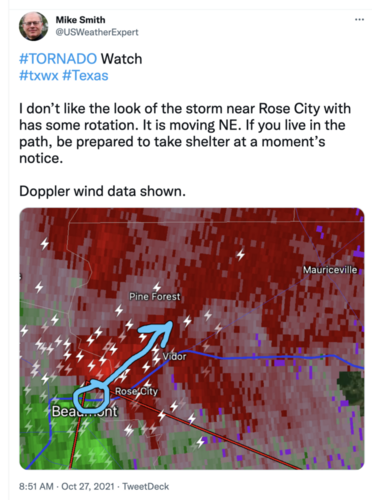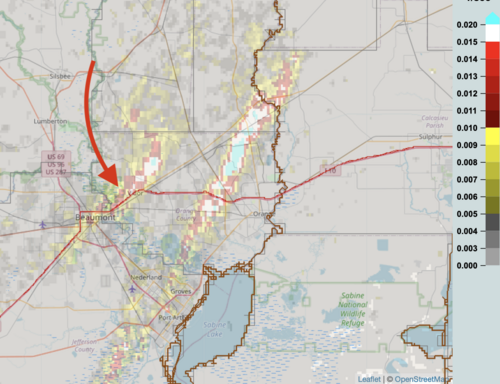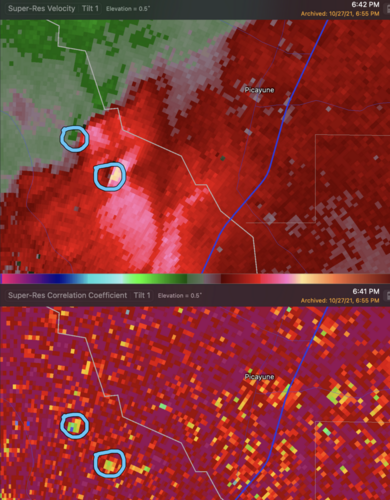Mike Smith
EF5
Hi James,
Always glad to read a comment. Tornado warnings improved up to around 2010. Since then, they have become less accurate.
https://www.washingtonpost.com/weather/2021/05/21/joplin-tornado-warning-improvement-nws/ And, the problem is not QLCS or F-0's. We are missing EF-2's and EF-3's fairly regularly these days.
As to tornado forecasts, I have not been able to obtain accuracy statistics.
Always glad to read a comment. Tornado warnings improved up to around 2010. Since then, they have become less accurate.
https://www.washingtonpost.com/weather/2021/05/21/joplin-tornado-warning-improvement-nws/ And, the problem is not QLCS or F-0's. We are missing EF-2's and EF-3's fairly regularly these days.
As to tornado forecasts, I have not been able to obtain accuracy statistics.



